To many in the artistic community, the name “Dana Schutz” is now synonymous with the images of black protesters blocking her characteristically-abstracted, yet uncharacteristically sociopolitical painting of Emmett Till this past year at the Whitney Biennial.

For those who slept through their high school history classes and who do not pay attention to its relevance to current events, Emmett Till was a 14-year-old African American boy who was viciously lynched — beaten, shot, and drowned — for having purportedly whistled at a young white woman. (A story whose veracity was later recounted by the young white woman in question.) The inclusion of Schutz’s piece, Open Casket, at the Whitney this year struck a chord with many of those inside as well as outside the art community and had the effect of launching wide discourse over the role of censorship in art as well as over the rights of white artists too, as one artist, Hannah Black, wrote in her petition which called for the piece to be both removed from the Biennial and destroyed, “transmute Black suffering into profit and fun, though the practice has been normalized for a long time.”
That being said, and while there was an initial uproar by members of the Boston community regarding Schutz’s being offered a platform at the ICA, Open Casket is not part of Schutz’s current show. For having been so recently controversial, the white halls in which her pieces hang are exceedingly calm: during my visit, there was only myself and few young couples wandering around in silence, although two German women nearby whispered excitedly about various features of the paintings.
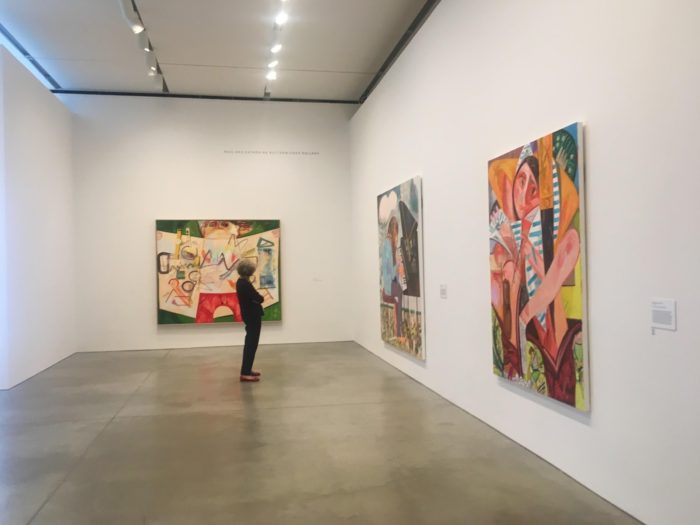
Less silent was the actual presence of Schutz’s work. It bursts vibrantly from the pale walls, displaying a sort of uniquely-American Picassoism in its brightly colored, abstracted depictions of everyday scenes approached with her playful, occasionally near-surrealist eye.
Each of the pieces is physically great, painted with wide-sweeping brush strokes that often leave behind large globs of paint and which help create a distinct range of motion within the pieces themselves.
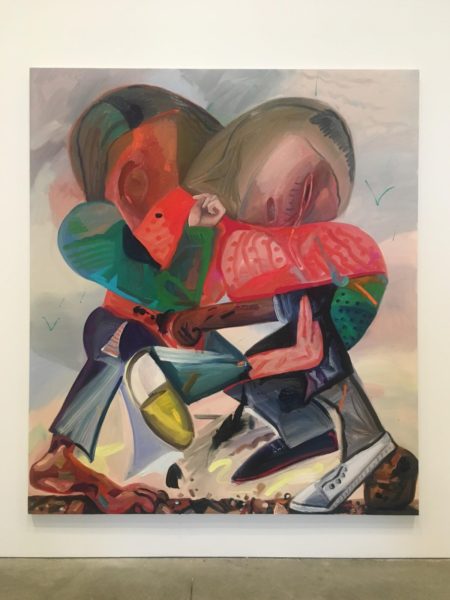

Schutz does not shy from what one might call the ugly nitty gritty nasty reality bits of life and instead embraces them in her paintings — it is not uncommon to find cockroaches and spiders living among her flat-faced humans and sometimes even conjoined with them, as is the case in her pieces Shaking Out the Bed and Crawling.
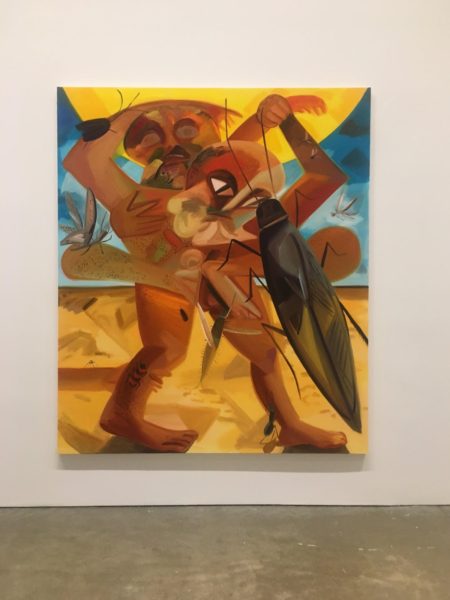
However, the most appealing aspect of Schutz’s work is its ability to present the reality of the human condition not only in a psychedelically kaleidoscopic range of color and form but in a way that breathes new life into painting’s long-established medium. There is a pleasing tangibility in the scenes depicted: one can feel the rain pouring down on the lone pianist in Piano in the Rain, can sense the wind breezing past Carpool’s packed car, can hear the clang of loose change spilling onto the hardwood floor in Shaking Out the Bed. Schutz’s images seem to be articulated within a tertiary plane that straddles the borders of reality and imagination, allowing them to evoke the ephemeral beginnings of a form that is similar to but not quite animation.
The Dana Schutz exhibit is at the Boston Institute of Contemporary art and runs from 26 July – 26 November 2017.
Writing by Arianna Akbari
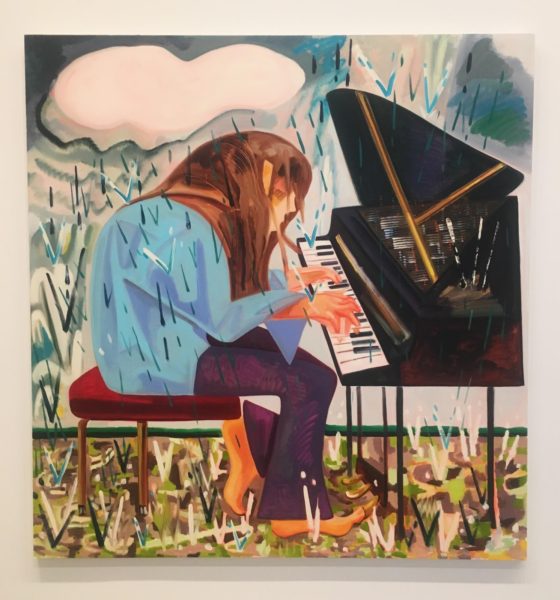
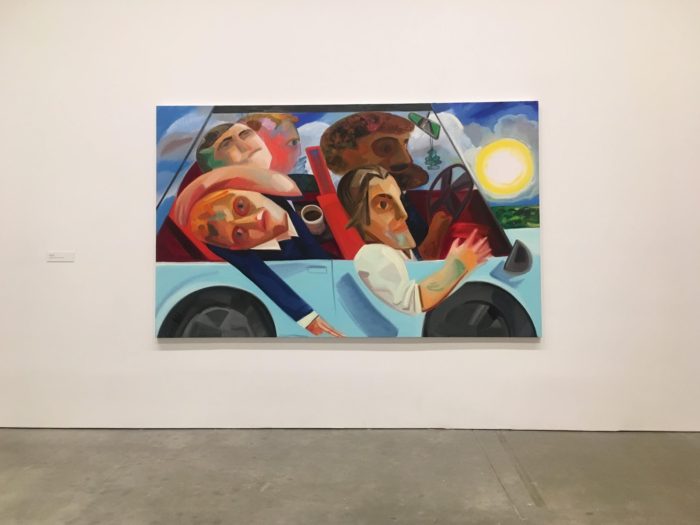
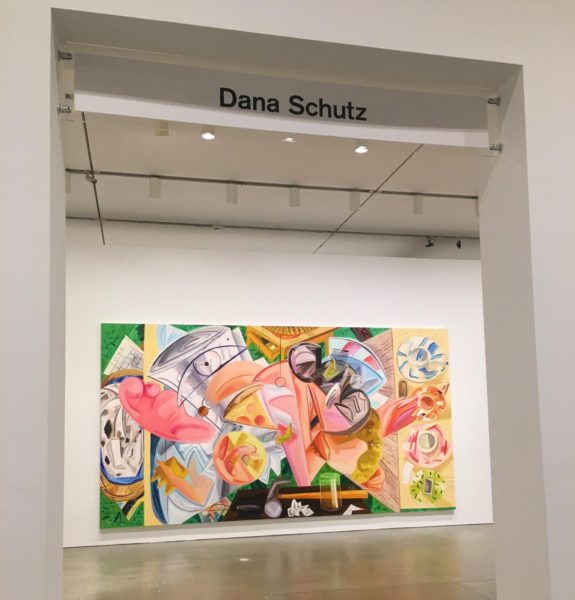

bravo! beautiful words